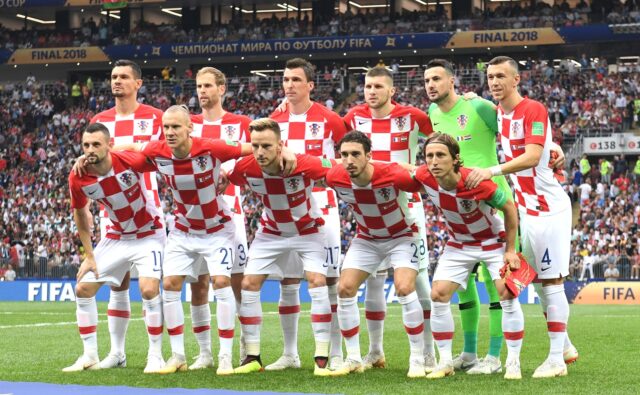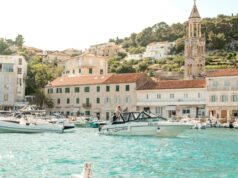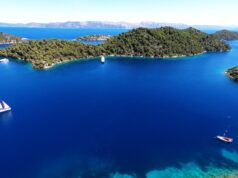When people talk about football in Europe they don’t mean our kind of football.
Soccer – or football to the Europeans – involves kicking a round ball around a field rather than throwing an oval one, and this sport is the presiding, all-encompassing passion for most Croatians.
Why do we mention soccer? In Croatia, like most European countries, the sport is part of the fabric of daily life, with deep roots in schools, amateur players and, of course, the professional game.
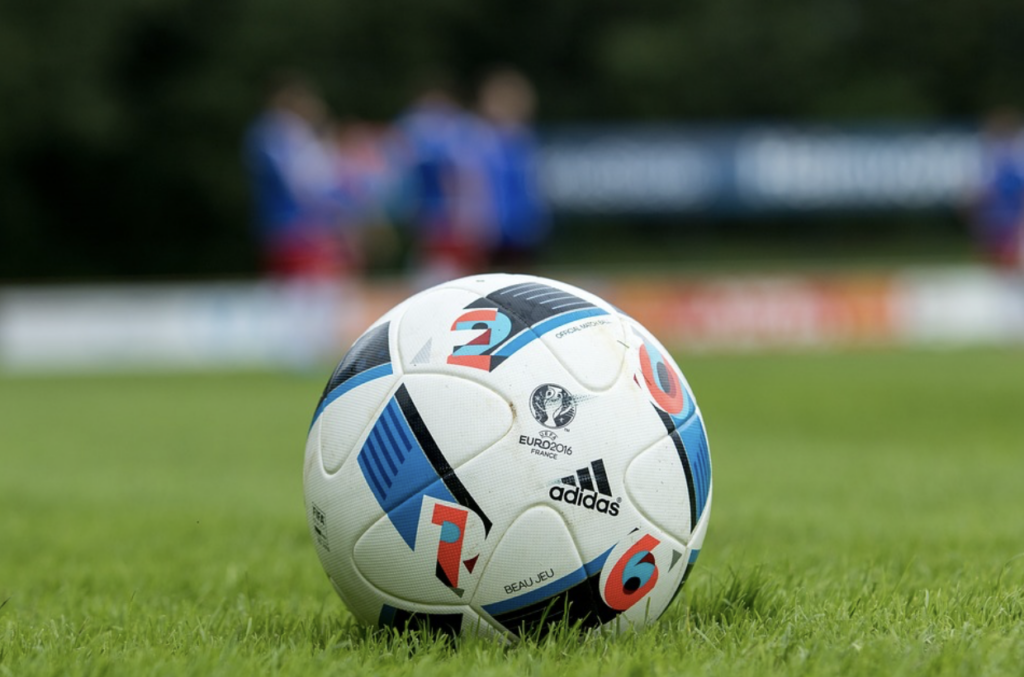
Known in Croatia as nogomet, football is the most popular team-based sport in Croatia.
It’s overseen by the Croatian Football Federation and the teams that play their football in Croatia originally took part in the Yugoslavian league structure when the country was made part of the Soviet Federal Republic of Yugoslavia in the wake of World War II. It wasn’t until the 1990s that Croatia became a country in its own right once more and both the Croatian football federation and the new league was formed.
And suddenly, even though it was a relatively small nation compared to the European footballing powerhouses like Italy, Germany, France and Spain (it has a 4.2million population), Croatia began to make a name for itself on the world stage.
It exploded into the global sporting consciousness when it finished third at the 1998 World Cup in France, and only two years ago in Russia, the Croatian men’s national team advanced all the way to the World Cup final. Sadly, it lost the game 4-2 to France.
But ever since that moment in 1998 when the men’s national team advanced to the semi-finals, the world knew about football in Croatia. Players like Igor Biscan, Zvonimir Boban, Robert Prosinečki and Davor Šuker became household names, many going on to play for some of the world’s biggest club teams.
Teams in the Prva HNL in 2020
Dinamo Zagreb (based in Zagreb)
Gorica (based in Velika Gorica)
Hadjuk Split (based in Split)
Inter Zaprešić (based in Zagreb)
Istra 1961 (based in Pula)
Lokomotiva (based in Zagreb)
Osijek (based in Osijek)
Rijeka (based in Rijeka)
Slaven Belupo (based in Koprivnica)
Varaždin (based in Varaždin)
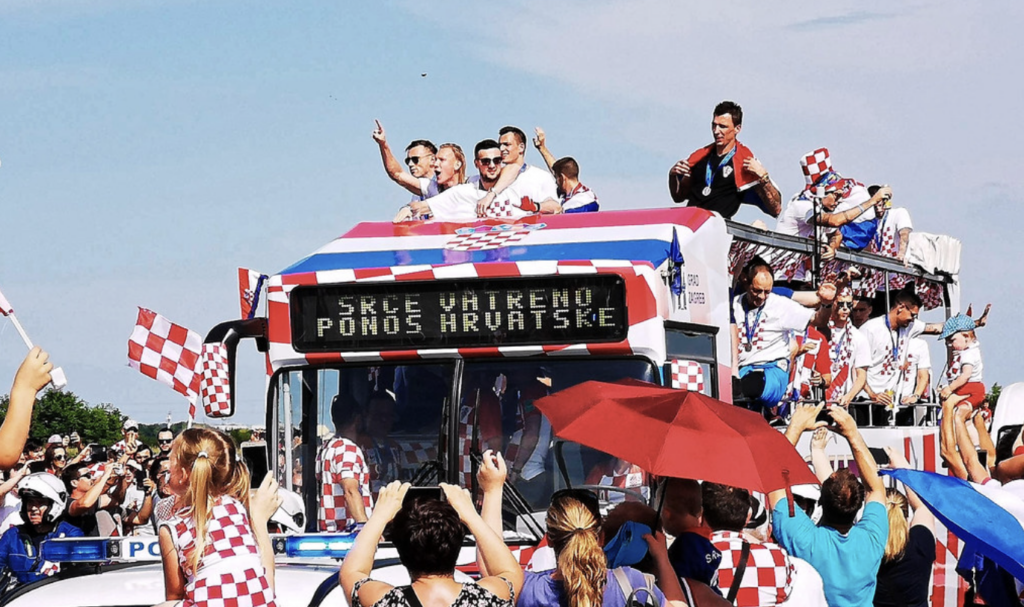
When it comes to club football in Croatia, the landscape is dominated by two football teams: Hajduk Split and Dinamo Zagreb. They have each won the top-flight pro league – called the Prva HNL – more than any other team and Hajduk Split is the only Croatian side to have reached the knockout stages of the European Cup, more commonly known as the Champions League – Europe’s premier club competition.
They achieved this in the 1975-1976, 1979-1980 and 1994-1995 seasons.
When it comes to stadia, the largest ground in the country is the Stadion Maksimir in Zagreb, but that can only hold just over 37,000 spectators. The Stadion Poljud in Split can welcome 35,000 and the next largest can only host 22,050 supporters.
The majority of the grounds have capacities of 10,000 or less, so things are a bit different to Met Life Stadium or the Rose Bowl.
The style of design used for the stadia is exactly what you’d expect for places with such small numbers of people using them: minimalist. The majority do not have rooves, leaving themselves open to the elements.
But the key thing to remember is that football in Croatia is more than just football – going to a game can give you a real cultural experience.
If you happen to be in one of the cities or towns that have a pro soccer team, why not pitch up, buy a packet of Koštice or Kikiriki (seeds or peanuts), grab a beer and experience a real slice of authentic Croatian life?



